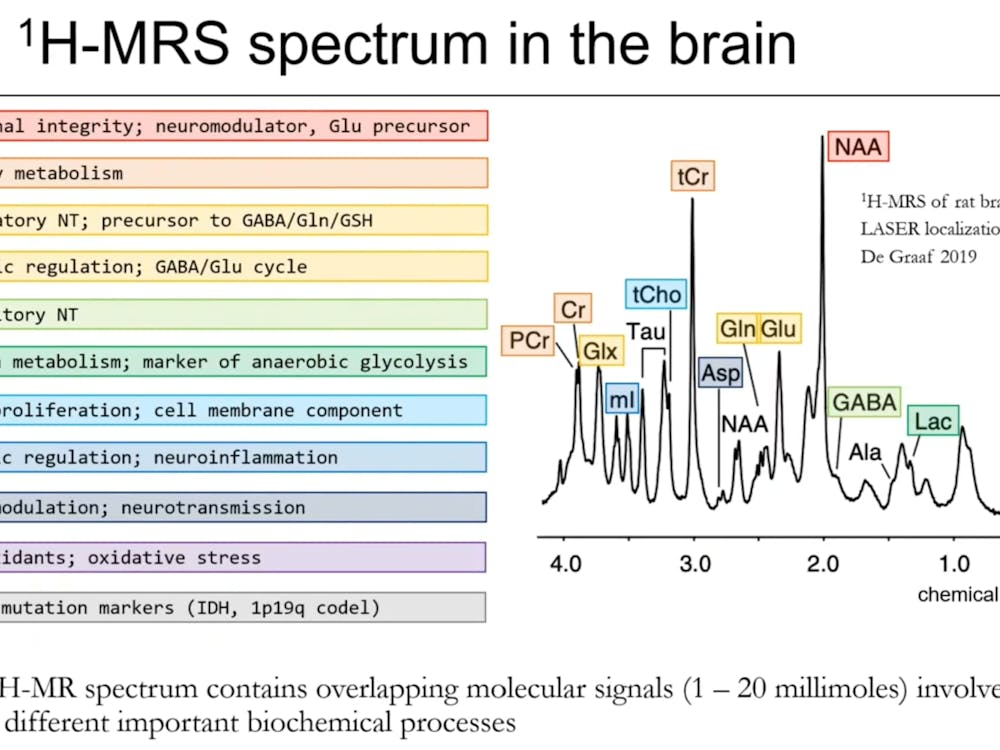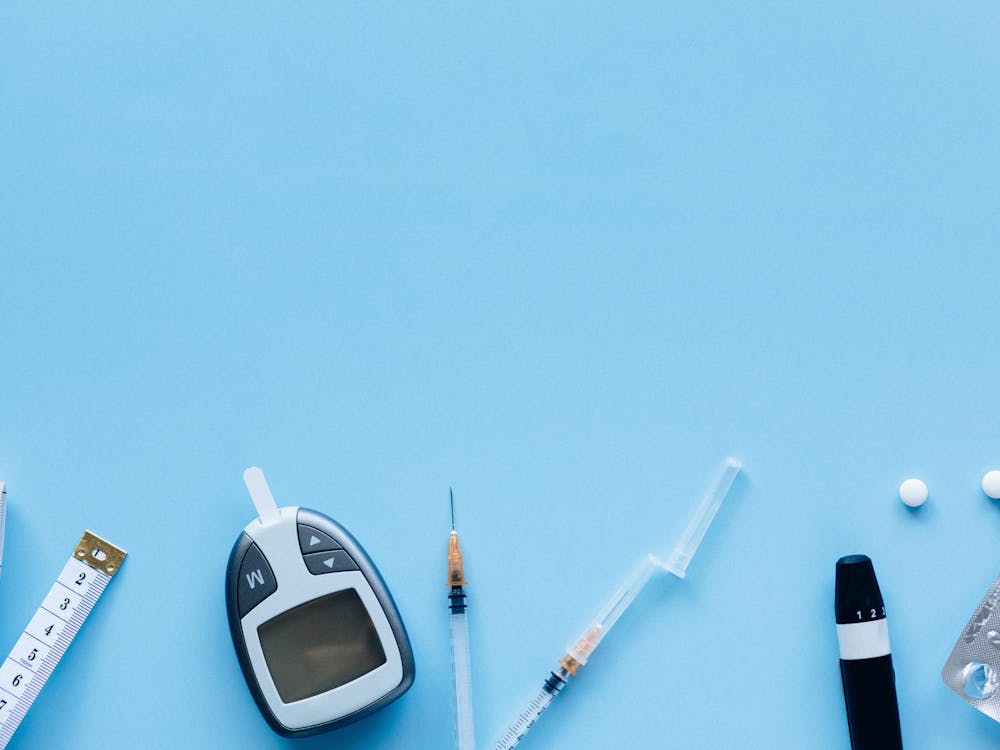Have you ever wondered why people tend to prefer certain colors of foods over others? The preference originates from the foraging adventures of our early human ancestors.
As you might have guessed, the people who could reliably determine which foods were palatable and safe to eat stood a greater chance of propagating their genes than those who munched on poison dart frogs or death cap mushrooms.
Naturally, the people who were smart enough to let someone else do the sampling, along with the lucky individuals who survived the nasty stomachaches and poisonings, quickly learned that blue, purple, and black foods were often a warning sign of danger.
Darkly-colored foods are a rarity in nature, and unless the food in question happens to be a blackberry or plum, dark colors are usually a sign that the food is either poisonous or spoiled.
At the same time, a good number of toxic and spoiled substances come in the same colors as our beloved meats and vegetables.
Either way, these essential color codes continue to affect us to this day. Unless you happen to love blueberries or blueberry-flavored Skittles, you will probably find the color blue to be an appetite inhibitor.
Interestingly, color coding can persist even in the deep, dark depths of the ocean floor. A recent study found that some benthic- or seafloor- crabs can see blue and ultraviolet light, an adaptation that may save these crustaceans from accidentally ingesting a toxic meal.
The study, which was published in the Journal of Experimental Biology on September 6, is one of the first to examine how bottom-dwelling animals respond to light.
A research team led by Tamara Frank, a biologist at Nova Southeastern University in Florida, made the discovery during an exploratory deep-sea mission near the Bahamas in 2009.
Using the Johnson-Sea-Link submarine, a submersible manned by the Harbor Branch Oceanographic Institute, the team collected seafloor-dwelling crustaceans at three ocean-bottom sites by gently suctioning them into opaque boxes.
Once captured, the crabs were brought to Frank’s lab aboard the expedition ship, which was lit in dim red light to protect the crustaceans’ vision. To measure their response to different wavelengths and intensities of light, Frank placed microelectrodes on the crustaceans’ eyes.
By recording their eye responses to these lights, she discovered that two of the species, Eumunida picta and Gastroptychus spinifer, were particularly sensitive to both blue and UV light.
Likewise, while observing the deep-sea crabs, Frank also noticed that the crustaceans spent a lot of their time perched in the anemone. Occasionally, however, they used their extraordinarily long claws to bring food to their mouths.
From this, the research team believed that the crabs might have been using the difference in bioluminescence of the coral and plankton to determine what to ingest.
Sönke Johnsen, a biologist from Duke University and colleague of Frank’s, noticed that the anemones and other plantlike animals on the seafloor were emitting a dim greenish glow.
On the other hand, the plankton that bumped into the anemones glowed blue. With the help of a small digital camera, Johnsen managed to capture one of the first true-color images of coral and plankton bioluminescence at these sites, thus confirming the disparities in coloration.
True to their predictions, Johnsen found that the anemones were toxic to the crabs, while the plankton were edible. He therefore proposed that the deep-sea crabs were maintaining their sensitivity to light in order to differentiate between the bioluminescence signals of the two organisms, essentially color-coding their foods and poisons.
In addition to these findings, Frank has previously shown that certain deep-sea creatures have the ability to see ultraviolet light, despite living in an environment without light. Her previous experiments were restricted to animals that lived in the water column at these depths.




